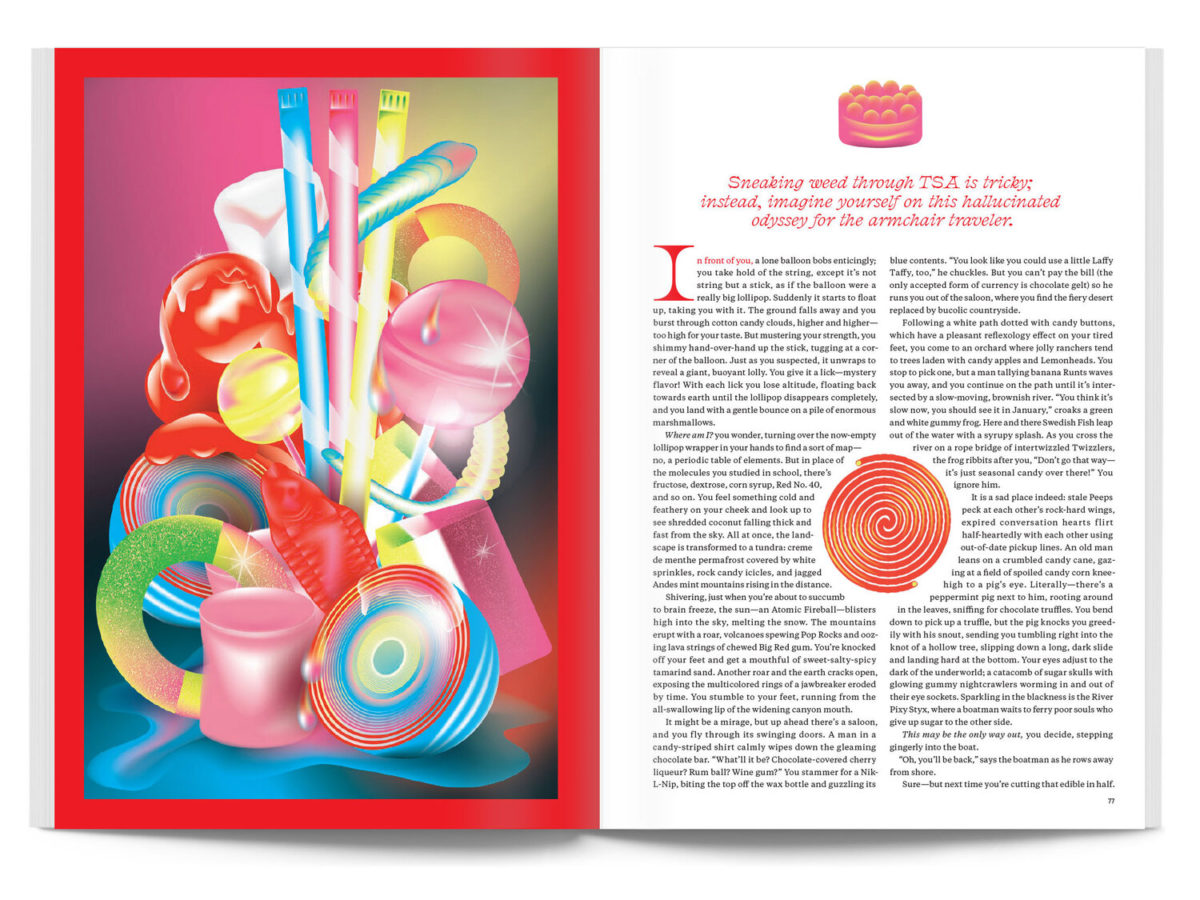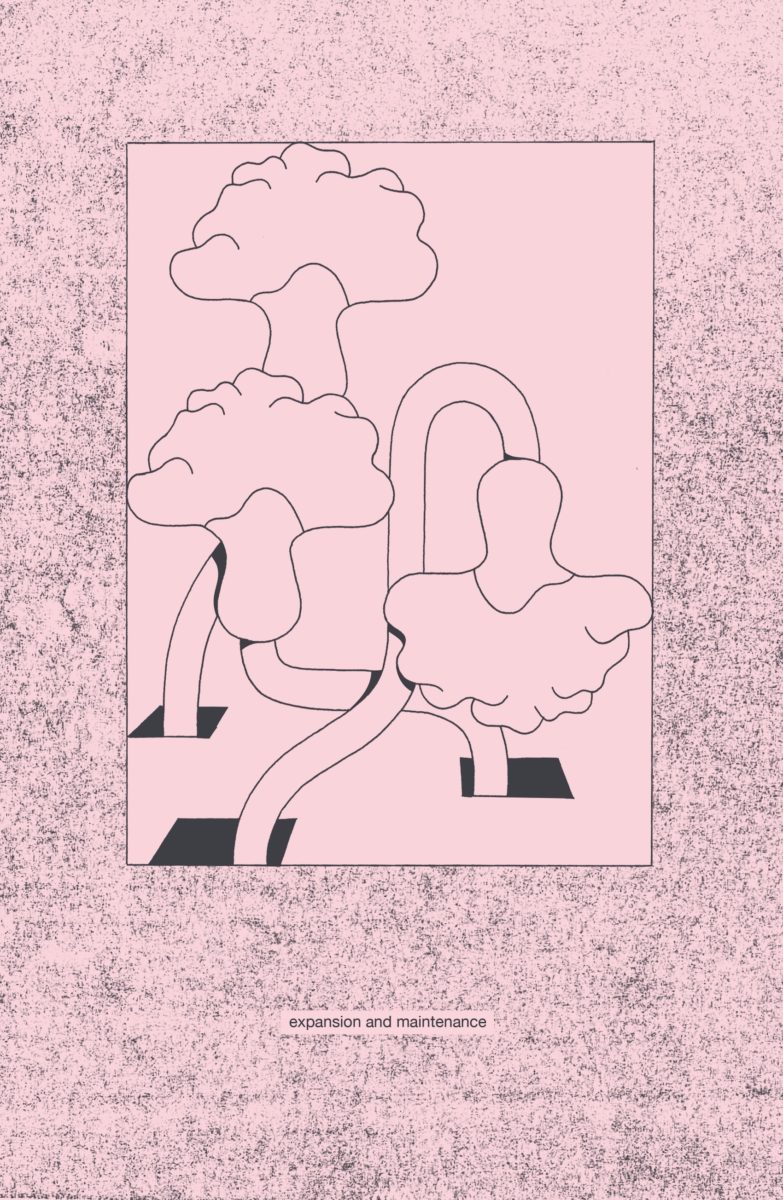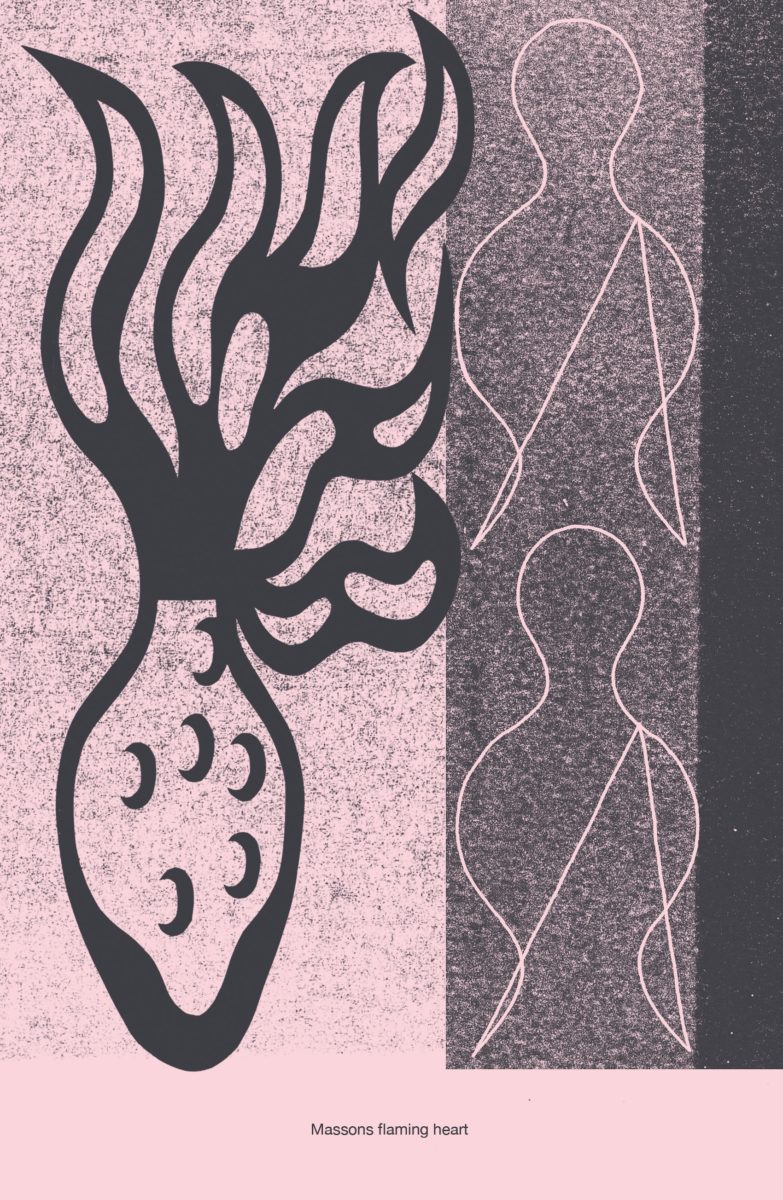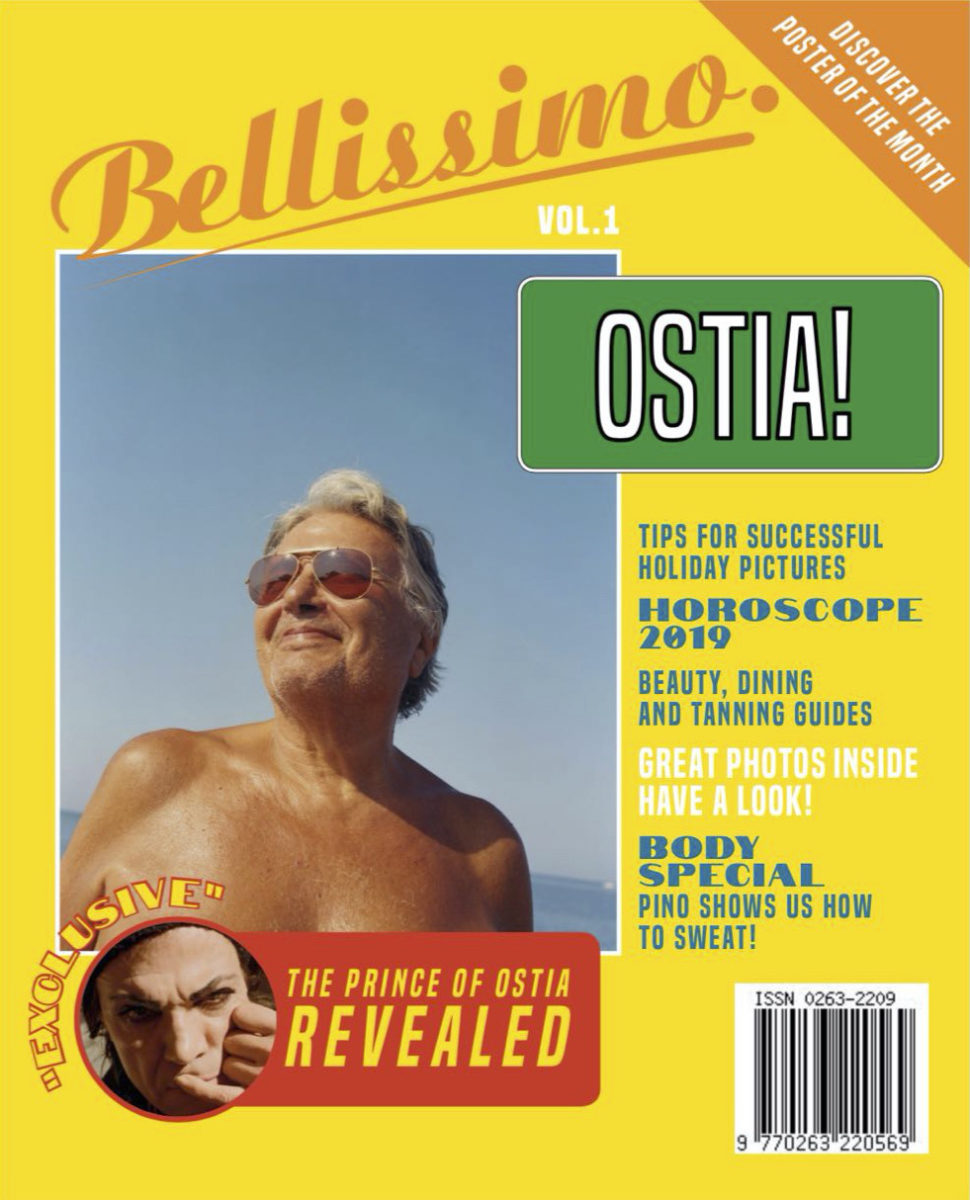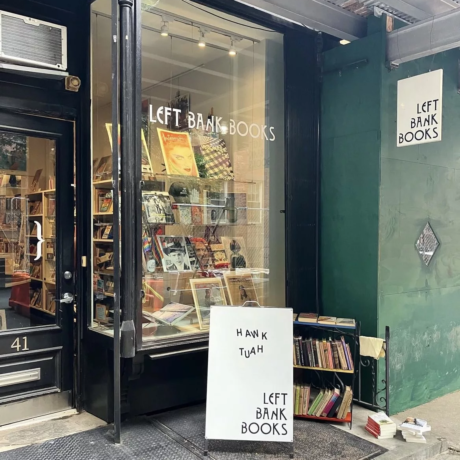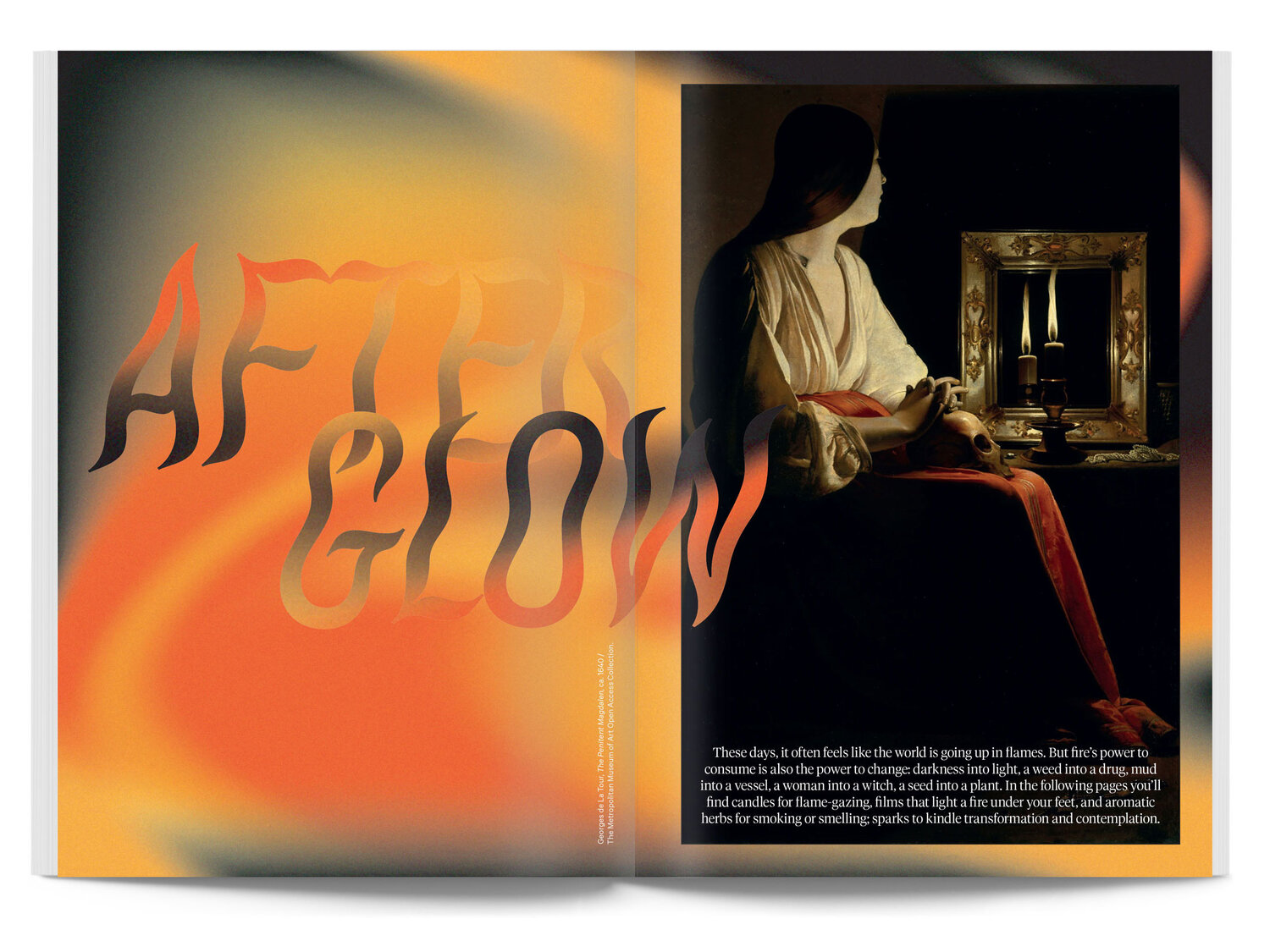
The physical isolation that, until recently, was our new normal is beginning to fade as restrictions are slowly lifted, but it’s clear that life as it used to be known won’t be resumed for a long time yet. Instead, society has adapted: we work from our kitchens (or from our beds…) and schedule Zoom calls instead of meeting at the pub. But what about culture? With museums, galleries and other venues shuttered for the foreseeable future, independent magazines can provide an insight into what is going on creatively around the world.
What an online viewing room lacks in depth of experience, a magazine can make up for with lush, printed images, richly textured paper and thoughtful design. Boredom is said to breed creativity, and who better to look to for inspiration than the people who, even before lockdown, were creating entire publications based on everything from sandwich fillings to feminist horror.
- © Broccoli magazine
“What an online viewing room lacks in depth of experience, a magazine can make up for with lush, printed images and richly textured paper”
In difficult times, comfort can be found in escaping from reality. Both surprising and delightful, Broccoli is “a magazine for cannabis lovers”, but it’s also much more than that. The team, based hundreds or thousands of miles apart from each other, have been working remotely since before it was commonplace. Every issue transports its reader to another world through a blend of surreal visuals and thoughtful writing. By prioritising underrepresented voices, Broccoli also provides an entirely fresh perspective. Artists from Baya to Maruja Mallo are profiled with warm admiration alongside playful mini-histories of sea shells, ikebana and, of course, plenty of weed chat.
- © Mal Journal
Just as intriguing is Mal Journal, which covers topics from transcendence and projection to botany, all through the lens of sexuality and erotics. Lockdown has changed the sexual and erotic lives of many people; with newfound space to consider these important axes of being human (or plant), Mal offers a foundation for wider thought through fiction, long-form essays and poetry by heavyweight writers including Chris Kraus, Juliet Jacques and Stoya. The clean and colourful design also features intricate illustrations and a wonderfully textured cover. Since launching at the ICA, Mal has collaborated with the Barbican, the Serpentine and Tate. They publish their fifth issue—on heteropessimism, incel culture and more—later this month.

Mal Journal is also featured in the second issue of Worms, the magazine about “female writer culture”, out later this month. The first issue grew from an obsession with Kathy Acker; the second covers the timely topic of revolt. Cover star Tilly Lawless’ account of strength and weakness in her body chimes with a renewed sense of mortality; Olivia Sudjic’s essay on online exposure is revisited as life becomes further entwined with the internet. These calls to thought, interspersed with intimate photography and endless reading recommendations for the ‘revolting woman’, are stitched together with a photocopied zine-like feel.
“As more people seek to escape the 24/7 news cycle, the slow news movement can offer an alternative”
It’s exciting to see our new reality being reflected thoughtfully in print, and next month will see the return of the magazine that’s been taking the time to do so for more than a decade. The “last to breaking news”, Delayed Gratification goes back to the events that preoccupied our minds three, four or five months ago to report more truthfully, carefully and thoroughly. As more people seek to escape the 24/7 news cycle made increasingly unbearable by the pandemic and gain a sense of control over their consumption, the slow news movement can offer an alternative. The quarterly magazine includes in-depth interviews, photo essays and news reporting as well as insightful and often funny infographics. Handy summaries make the big issues accessible and digestible. The cover artists, household names present and future, are interviewed inside.
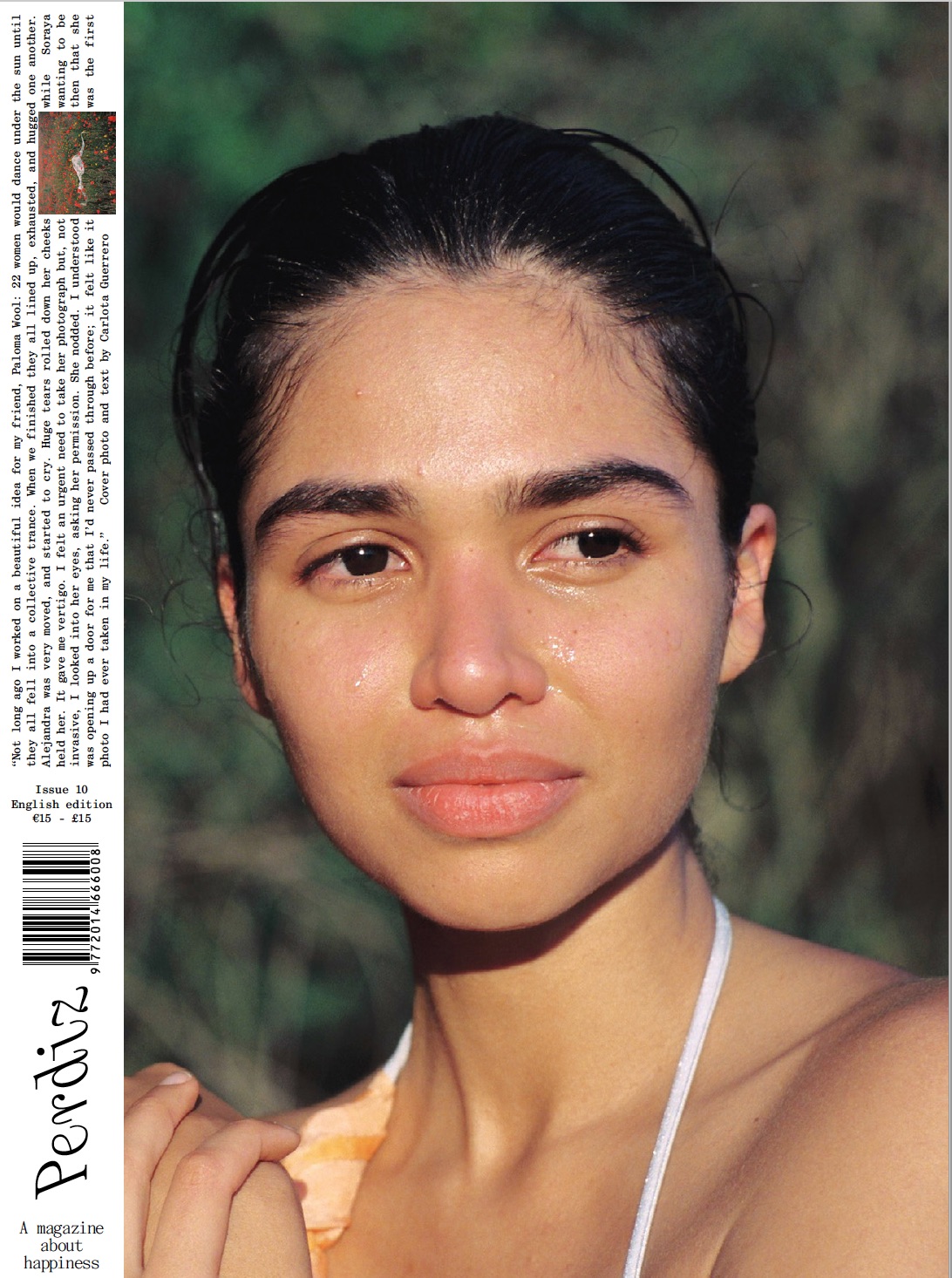
For a cheering piece of publishing from a pre-Covid world, Perdiz magazine covers “people and the things that make them happy” with stories of surprising positivity, fleeting joy and also lasting contentment. From paper planes to (of course) bread to music, Perdiz is a list of reasons to smile. The magazine is made and designed in Barcelona, and the sun shines through its pages (and bounces off of its holographic spine). Carefully printed images in independent magazines are a great way to get a tangible art fix while viewing is otherwise restricted to screens, and there is beautiful and emotional imagery throughout, including a cover shot by Carlota Guerrero.
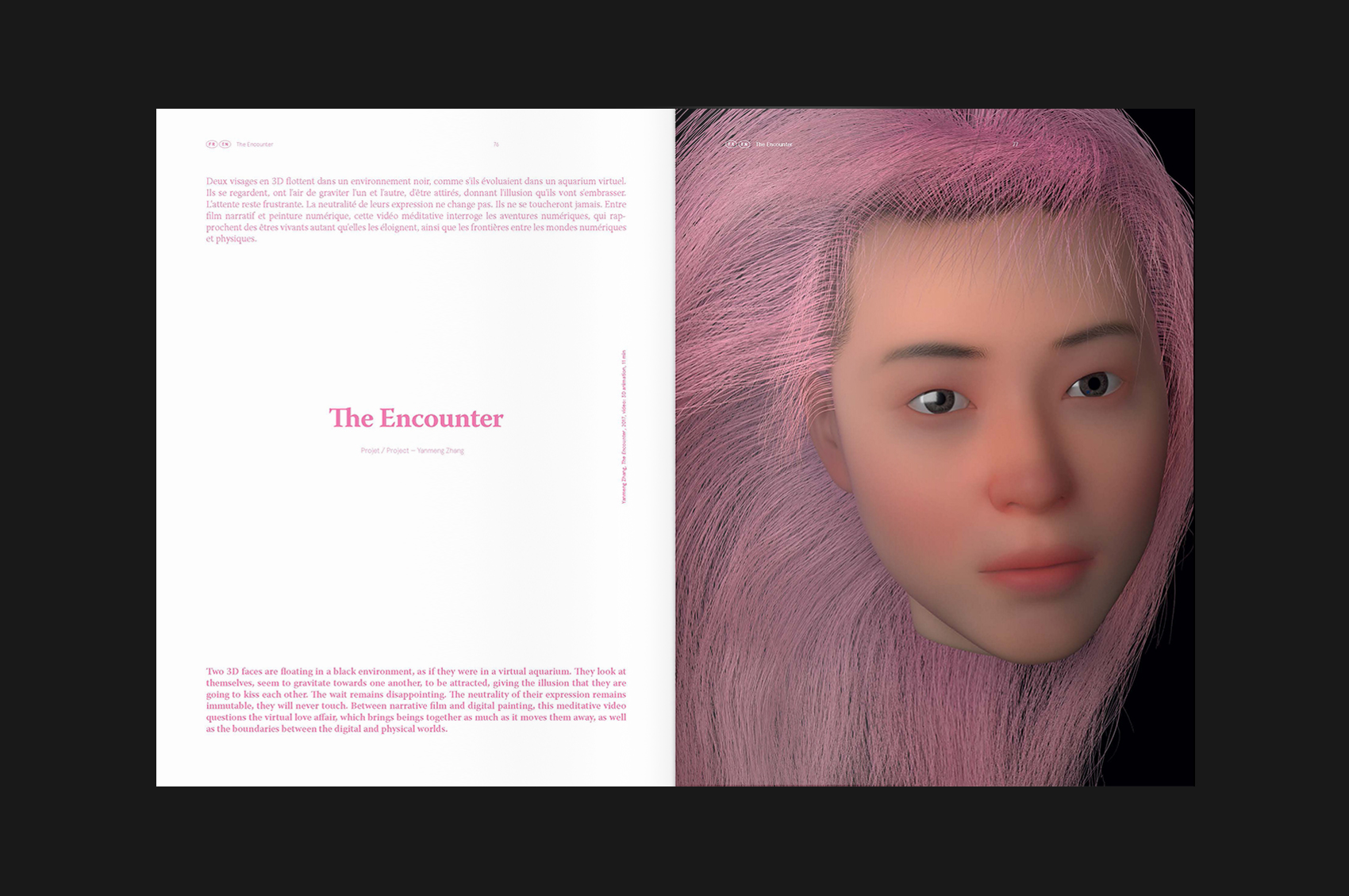
“Carefully printed images in independent magazines are a great way to get a tangible art fix while viewing is otherwise restricted to screens”
As the art world continues to migrate online, Nichons-Nous Dans l’Internet brings digital art into the physical realm. The bilingual magazine features moving, funny and important art through image galleries, text and conversations with artists around the world. It’s a wonderful catalogue of contemporary projects that intersect with technology and the perfect introduction to art that was created with the digital world in mind. The most recent issue includes projects focussing on the loom and programming, letting a computer decide your facial expression and Louise Bourgeois’ Maman as seen on Google Maps. Their eleventh issue is published later this month.
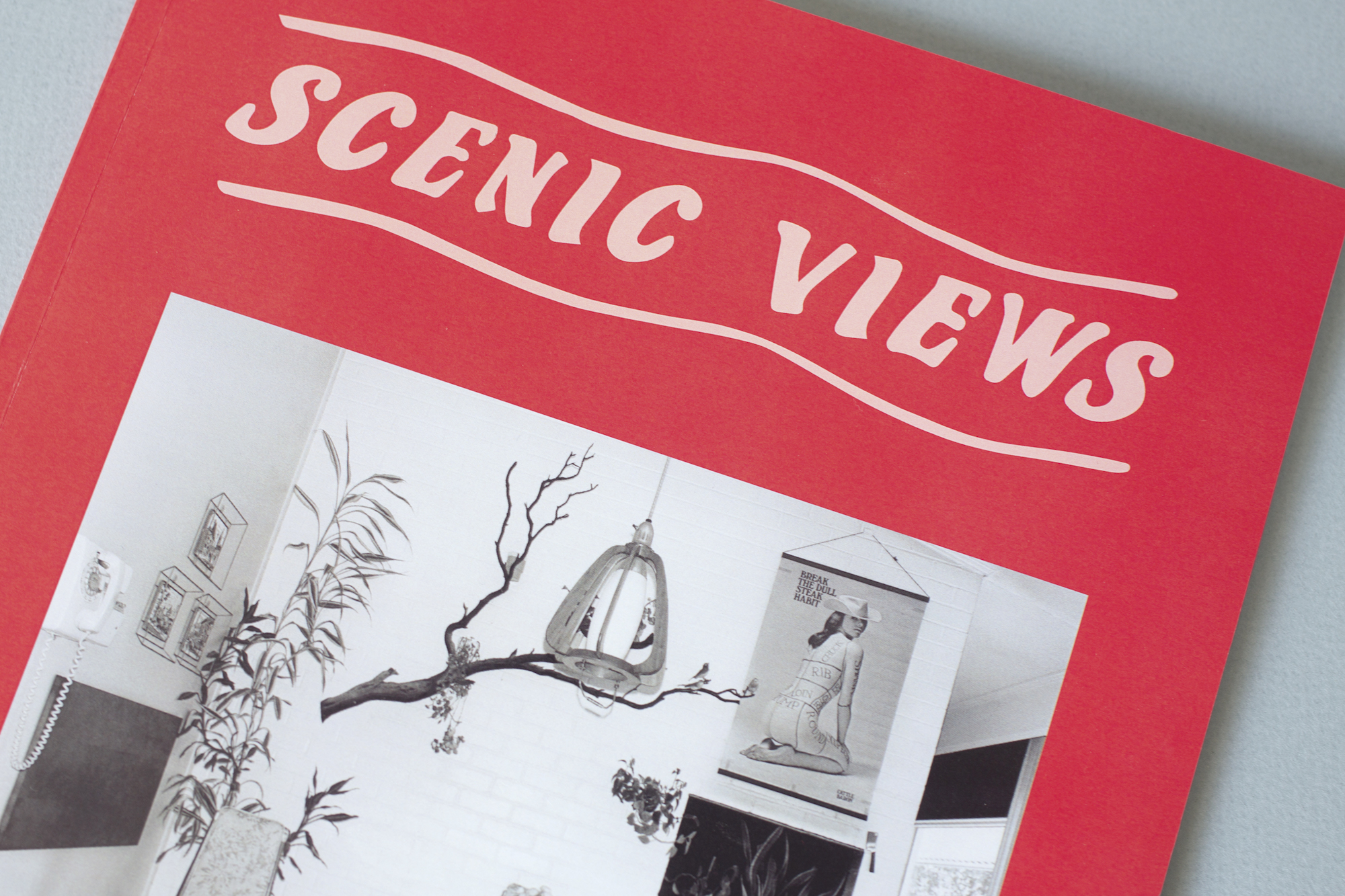
Not only has art viewing become a domestic activity, but for many, so has earning a living. Working from home has given lots of us the opportunity to get to know intimately spaces that enjoyed previous lives as grubby kitchen tables, cluttered side boards or our own knees. For a deep-dive into the formal workspace and its shining centrepiece, the desk, look to MacGuffin, the magazine about “the life of things”. The most recent issue (published ahead of the curve, just before desks gained renewed significance) explores the history and various functions of desks: past presidents’ desktop doodles, DIY desk designs, a brief history of screensavers and an ode to the office. Every page is surprising and inviting: the result feels like a mad and extensive research project, which it is.
Among the everyday spaces that have ceased to be “everyday” are the interiors featured in Scenic Views: hotels, cafes and the window displays that now lie abandoned. Rather than examining one place in particular, the photography inside takes the reader “everywhere” by immortalizing scenes so ubiquitous that they’re often overlooked. The magazine serves as an increasingly important time capsule of the important spaces that might disappear before our eyes.
- © Bellissimo magazine
“The finite nature of a piece of print is a comfort when everything else feels never-ending”
Another magazine that seeks to “glorify the understated” is Bellissimo. The first issue travels to Ostia, the beach not far from Rome that “no one but a Roman” would choose to visit. For those seeing the pandemic through from cramped city spaces, even the notion of salty air and warm sand might be heaven on earth right now, so staring intensely at the photos in Bellissimo should bring some kind of joy (or else an insatiable yearning). In its kitschy design, Bellissimo evokes the oddly gritty brochures found in travel agents, but its colourful, sun-soaked pages feature guides to seduction at the seaside, taking holiday snaps and useful phrases, as well as a wealth of golden tans and smiling faces.
An imaginary holiday requires imaginary holiday reading, and if you’ve already gobbled up Normal People and its precursor, the short story At the Clinic (first published in indie mag The White Review), perhaps it’s time to investigate The Stinging Fly. A literary magazine published in Ireland, at the forefront of contemporary writing, it counts Sally Rooney as a contributing editor. It publishes fiction, poetry and essays (as well as an artist cover) twice each year.
Independent magazines can provide a wonderful escape from reality, whether that’s reality under lockdown or the uncertainty we face going forward. The creativity and innovation poured into each issue can serve as a reminder that difficult times will be overcome. The finite nature of a piece of print is a comfort when everything else feels never-ending. Most importantly of all, a magazine can act as a window into each other’s lives when we need it most.
